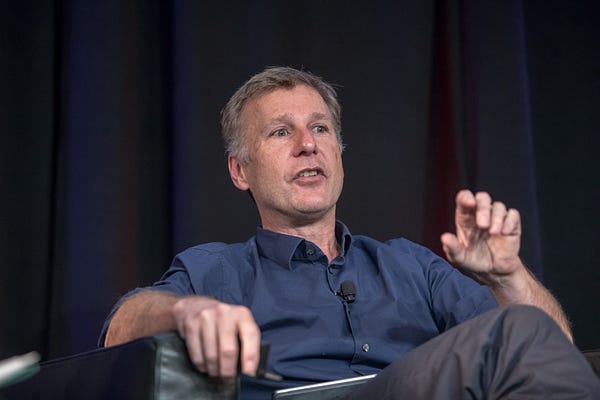FiRe 2017: Size matters. In telescopes, that is…
By Ethan Annis

In a mind-bending session about the Large Synoptic Survey Telescope (LSST), the world’s most powerful telescope, Mark Anderson, CEO of Strategic News Services interviewed Andrew Connolly, Director, DIRAC Institute, Department of Astronomy, University of Washington. They discussed the reason for the building of the $187 million camera and what it will mean for scientific discovery.
At start of the session, the two discussed the specifications of the LSST. The telescope is made up of 29 individual cameras and a mirror the size of a large conference room. The building where the telescope is located is an hour north of Santiago, Chile, at an elevation of 7,000 feet. It is the biggest observatory in the world.

Connolly shared pictures of what the telescope is capable of capturing. Each star in the picture is located somewhere between one and thirteen billion light years away. One picture that the telescope takes covers 3.5 degrees of the sky and incorporates over 3 billion pixels. Connolly recounted a story of his previous work to give an idea of the capability of the LSST compared to history.
Before this telescope was built, it took 8 years to photograph a quarter of the sky. Today, with the power of the LSST, it is possible to photograph the entire sky once every three nights. Telescope operators obtain 30 terabytes of data each night and can process that data in 60 seconds.
Connolly explained that the applications of this data are invaluable to science. The information provides astronomers new insights into our place in the universe and what surrounds us. They can use this information to track planetary movement in the sky and predict upcoming changes.